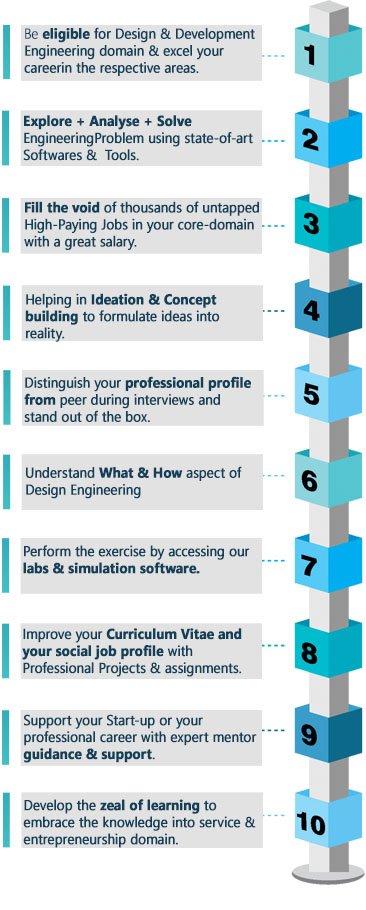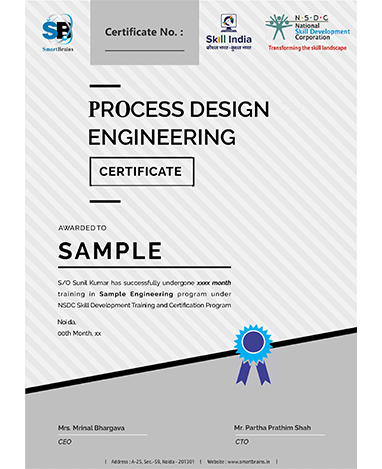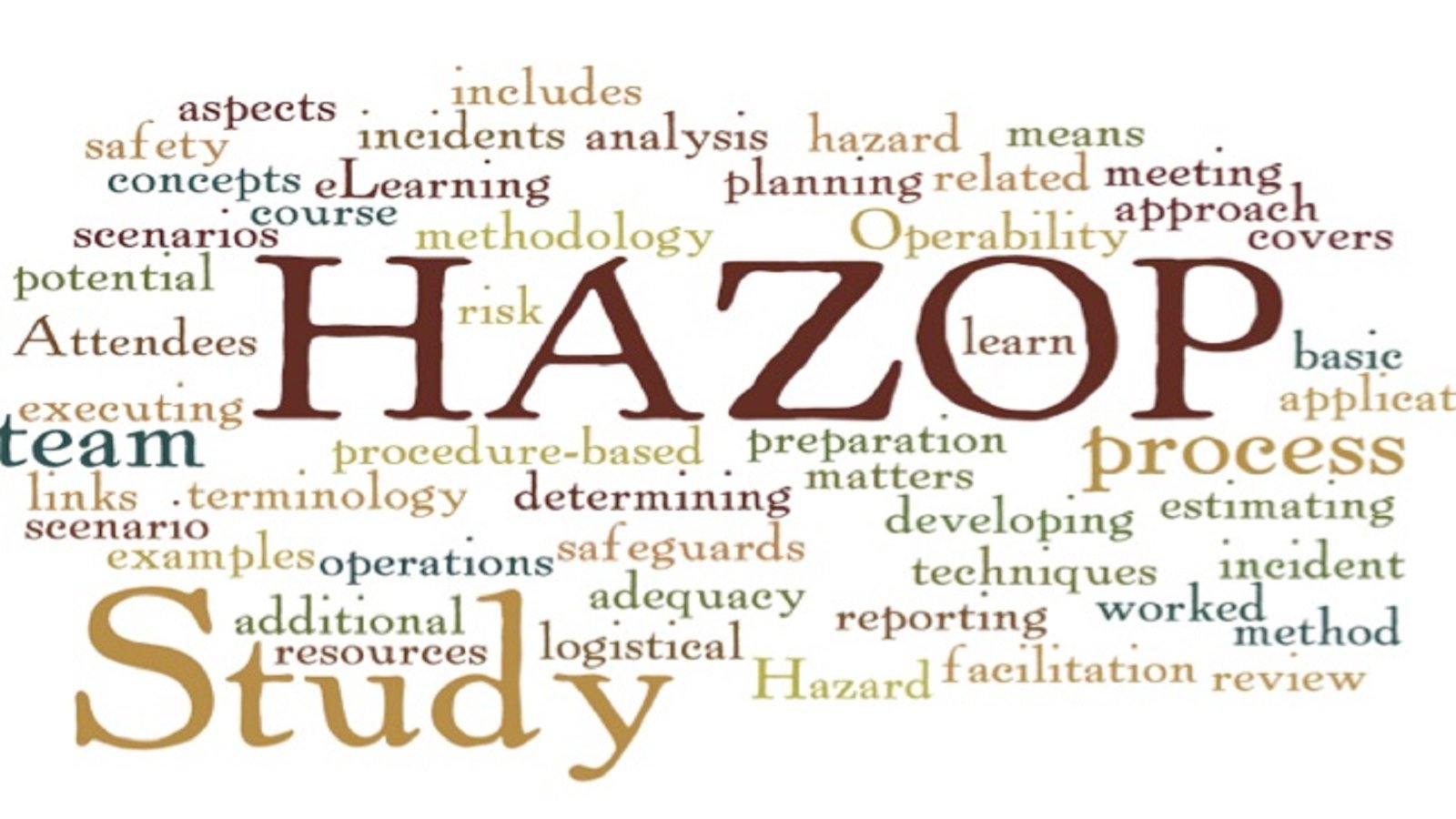About the Program
The objective of this course is to provide the candidates the Detail knowledge and skills in hazard and operability discipline to facilitate faster learning curves while on the job.
This module provides the techniques of hazard and operability studies that are widely used in industry for the identification of potential hazards in process plant operations. In recent years HAZOP methods have been extended to searching for hazards in operational procedures and in many other fields including electronic controls and emergency planning procedures. HAZOP can be adapted to a wide range of applications to seek out operational failure modes and possible harm to persons, environment or assets.
Learning objective
- An Introduction to the Principles of Hazop
- Discuss the life cycle model of Hazop
- Explain the HAZOP Examination PHASE
- Fundamental and reduction of risk in Hazop
- Details about the Hazard Studies levels
- Hazard Identification and Risk Management
- Explain the format of Hazop report and closeout requirements
- Detail information about the Safety Requirements
Program Highlights

About The Course

Course Modules
- Introduction to the Principles of Hazop
- What is A HAZOP?
- The need for HAZOP
- The how, when and why outline of Hazard and Operability Studies (HAZOPS)
- Hazard studies and regulations
- The six-level life cycle model
- Typical HAZOP workshop
- THE HAZOP Examination PHASE
- Defining the arts for study
- Generating deviations with guidewords
- Worked examples of process HAZOP for continuous plant
- Procedural HAZOP for sequential operations and batch processes
- Planning and Leadership of Hazop Workshops
- Fundamentals of risk assessment and the risk matrix
- Risk reduction and layers of protection
- The role of safety instrumented systems and determination of SIL targets
- Hazard analysis methods of FMEA, FTA, and LOPA
- Hazard Studies
- Hazard and operability study (Hazop) methods
-
- Hazard study levels 1, 2 and 3
- Hazops for control Practical industrial safety, risk assessment and shutdown systems For industry stems
- Hazard Identification and Risk Management
- Introduction to “risk ranking”
- Risk acceptability and risk matrices
- Project risk versus long term operational risk
- Syndicate example 3 (risk ranking)
- Syndicate example 3 – lessons learned
- Test understanding of risk ranking
- HAZOP and human risk factors
- Quality Hazop Reports And Action Files
- HAZOP report format
- Closeout requirements
- Follow-up action file
- COST CONSIDERATIONS
- HAZOP costs and incident costs
- Cost-effectiveness of remedial measures
- Safety Requirements Specification
- How to define functional requirements for the safety instrumented system
Input requirements from the Hazop
Safety functional requirements
Safety integrity requirements - Deciding the required Safety Integrity Levels (SILs):
- How to define functional requirements for the safety instrumented system
Course Certificates
SmartBrains is associated with The National Skill Development Corporation (NSDC) as the Training and Certification partner for various job oriented training programs across various sectors including Oil & Gas, Power, Renewable Energy, Hydrocarbon, IT & ITs, Electronics, Telecom, Agriculture, Life science etc. offering assessment based Training & certifications for a gamut of job profile.
Who should join?
- Working professionals in Domains: Site Engineering, .Construction & Commissioning operation & .Maintenance, Technicians in Process Engineering Field.
- Students (Chemical Engineering, Diploma in Chemical .Engineering) who want to develop their career in Design Engineering.

For Corporate queries
A-25, Sector-59, Noida (UP),India
Pin Code-201301
Connect with Program Advisor
training@smartbrains.com
+91 8955560560 | +91 9891108700
www.smartbrains.com
Nodal Centers
Noida, Dehradun
Guwahati, Pune
Course Features
- Lecture 0
- Quiz 0
- Duration 24 hours
- Skill level All levels
- Language English
- Students 0
- Assessments Yes






